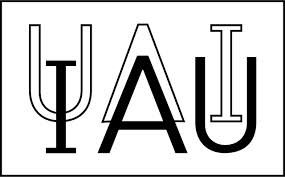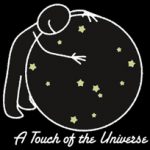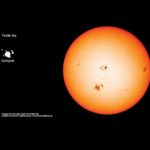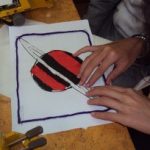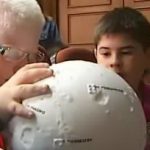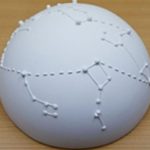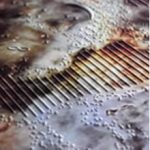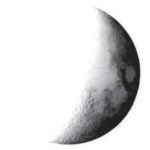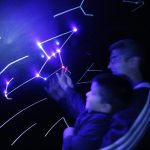Latest Resources
- Planets Distances: Comprehend the distances of the planets of the solar system using a rope and wooden items.
- Tactile Constellations: Recognize by touch the different shapes of the constellations and the different brightness of the stars.
- Star Sizes: Contextualize the different dimensions and the respective proportions of some stars with respect to the Sun.
- Tactile model to explain planet formation with a manual in many different formats (all developed by NPF). So far only in Spanish (translations to English, French and Chinese will be released soon): http://www.npf.cl/2020/11/10/2213/
- Historias de astronomía inclusiva (series of 10 chapters, in Spanish, where different actors in inclusion in astronomy talk to each other about their experiences).
- Wanda Diaz-Merced and Érika Labbe: “Astronomy and disability, the right to choose how one wants to participate”: https://www.youtube.com/watch?v=ur9ZAWMr5PQ
- Francisco Silva, Octavio Oyarzún and Amelia Bayo: “Wonders that unite us: playing with the stars”: https://www.youtube.com/watch?v=Vqvb7mf9hZQ&t=280s
- Tracy Catalán and Daniela Fernandez: “Astronomy for everyone: to infinity and beyond”: https://www.youtube.com/watch?v=CQY-CBAmy9E&t=2184s
Gloria Isidro-Villamizar. Disertación Doctoral: “Modelo de accesibilidad de conceptos matemáticos aplicados en el curso de Astronomía Descriptiva para estudiantes con impedimentos visuales en la UPR”. https://ui.adsabs.harvard.edu/abs/2013PhDT………9I/abstract
“Marte Con Arte”. https://www.youtube.com/watch?v=2zyjvMK457k&t=19s
“Galaxia Espiral – Modelo táctil”. https://www.youtube.com/watch?v=F81__9IBSGQ
Gloria M. Isidro and Carmen A. Pantoja. “Tactile Sun: Bringing an Invisible Universe to the Visually Impaired”. https://www.capjournal.org/issues/15/15_05.pdf
Chandra X-Ray Center: Tactile Universe, https://chandra.si.edu/tactile/
New: Data sonifications: https://chandra.si.edu/photo/2020/sonify2/ & https://chandra.si.edu/photo/2020/sonify/
NASA (NASA Braille book lets everyone get a feel for the 2017 Solar Eclipse,”Getting a feel for eclipses”, written and edited by Cassandra Runyon, David Hurd, Joseph Minafra, Cynthia Hall. https://www.youtube.com/watch?time_continue=7&v=rkRJ75a12Pk&feature=emb_logo
Other Resources

| |
|
12. Surface of Mars |
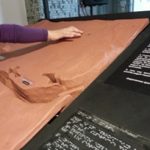
|
|
13. 3D Planets |
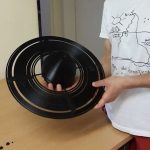
|
|
14. Chandra Podcasts |
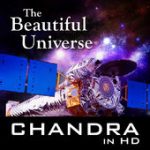
|
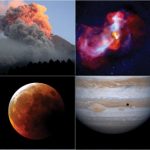
| |

| |
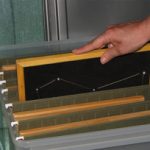
| |
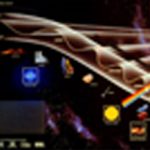
| |
|
19. ALMA Sounds |
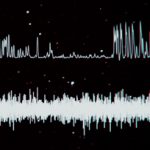
|
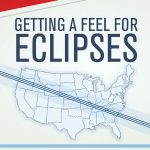
|
|
21. The Fabric of the Universe – exploring the connection between dark matter and woven textiles. | |

| |
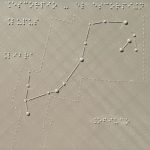 | |
– Assistive Software & Tools –
1. Free screen reader NVDA for Windows
NVDA (NonVisual Desktop Access) is a free “screen reader” which enables blind and vision impaired people to use computers. It reads the text on the screen.
2. MathML
Translates numbers and scientific equations and notations to braille and back to text. Math ML helps to handle equations and scientific notation on the web.
3. Louis Braille Translator
Louis is a free, open source Braille translator for the Mac. It supports forward and back translation, MathML to Nemeth, as well as advanced layout control. Braille files can also be embossed. The program is based off the LibLouis Braille translation library.
4. Conectar Igualdad (Spanish)
Argentinean plan called “Conectar Igualdad”, which distributed, until 2015, one Notebook per student at secondary schools. This resource is for teachers – a guide about blind students and how to use the computer.
